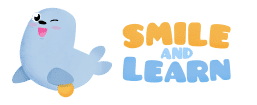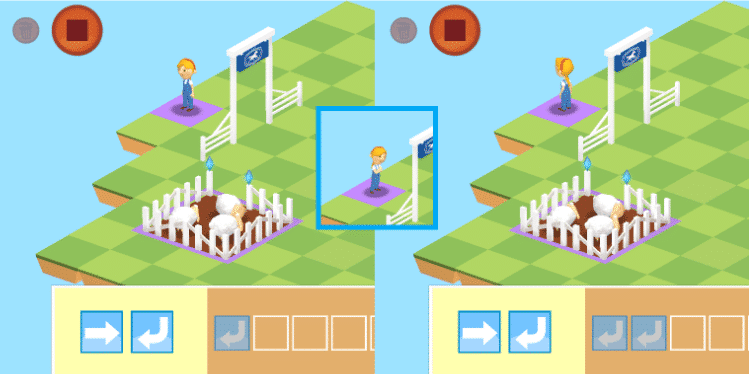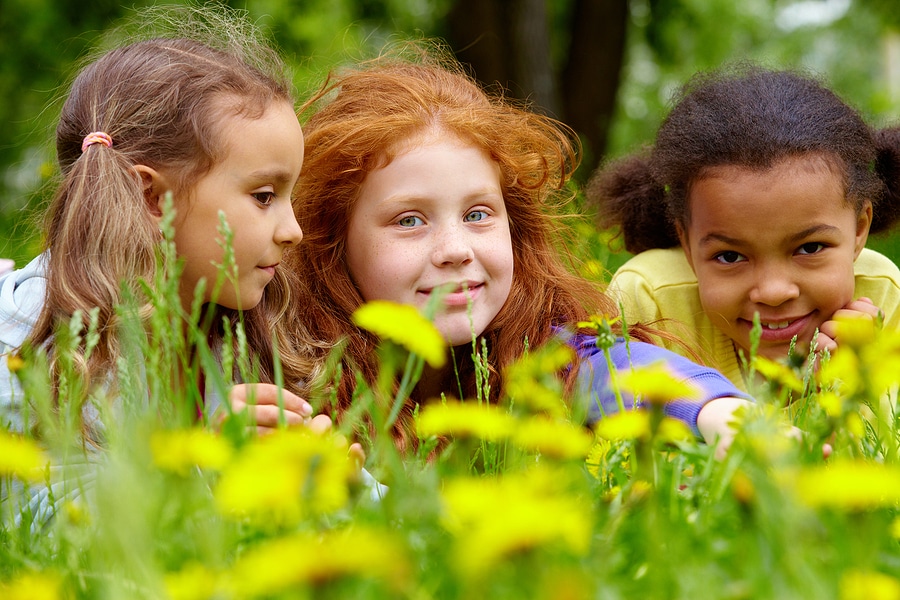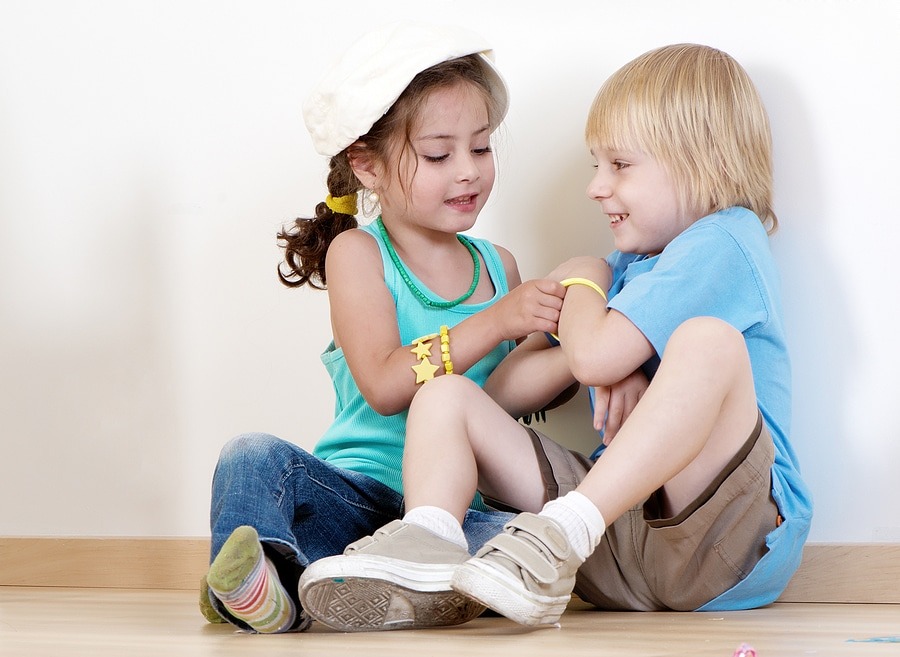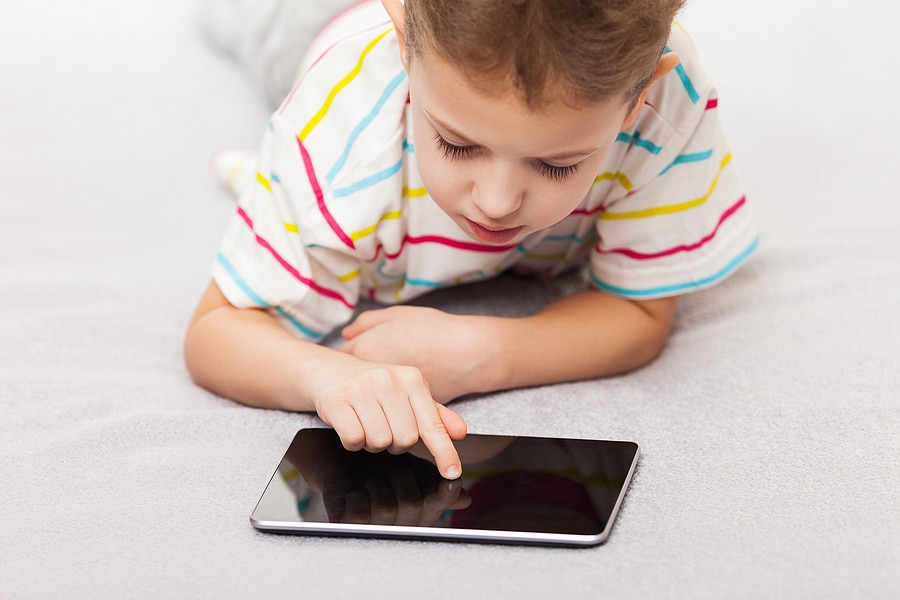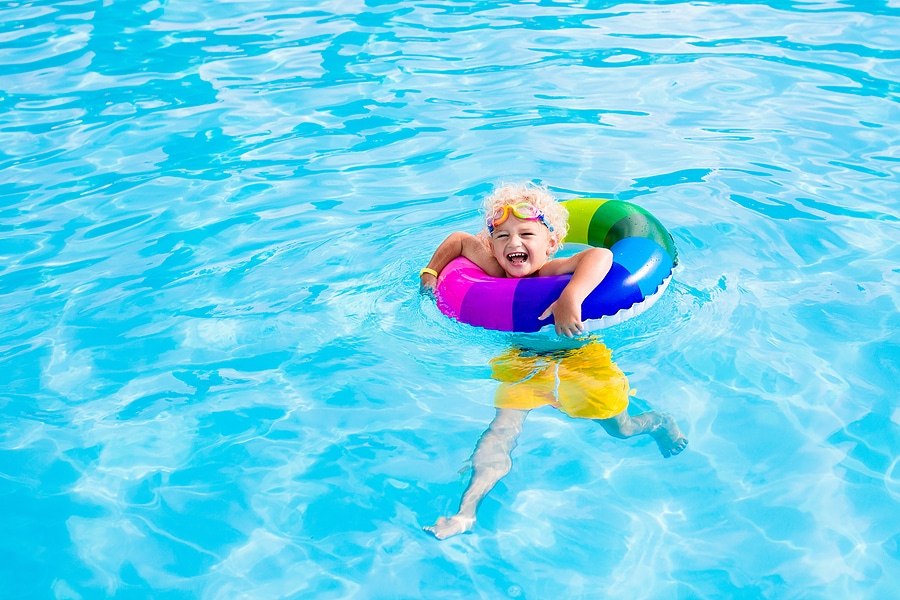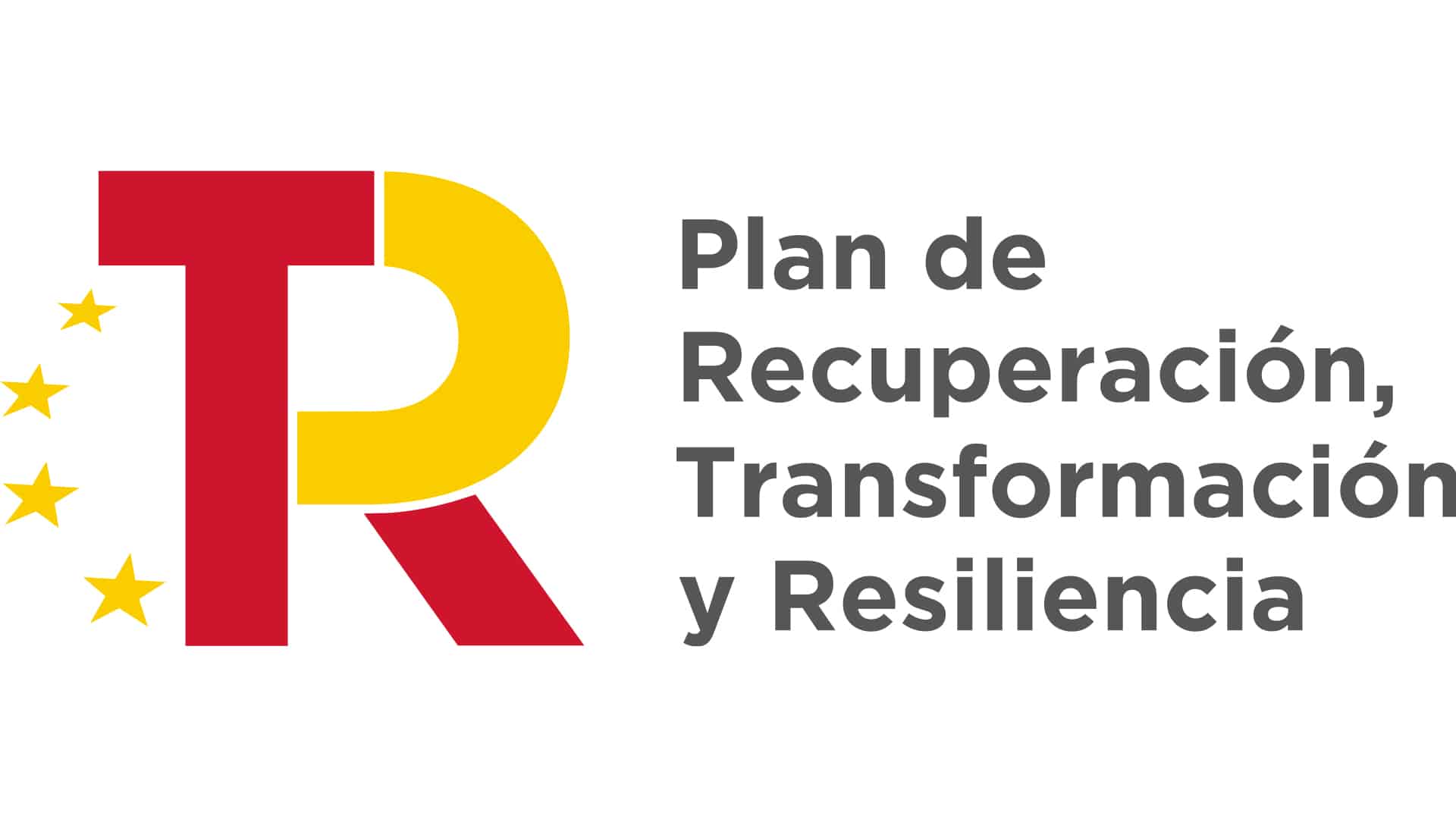Hello! Today we are going to start a new series of blog posts about our programming for children.
Throughout the article we will learn what programming is and how it is done with blocks. In addition, we will discover the main movement blocks that exist, thanks to the “Start Programming” activity of our Smile and Learn educational platform.
The Smile and Learn educational platform has more than 7,500 educational activities for students from 3 to 12 years of age. On our platform, children can learn in a dynamic way various contents related to the main educational subjects, either in the classroom or at home. We have curricular content as well as content focused on social and emotional development, in addition to family play activities.
If you want to try it, you can request a Smile and Learn demo for 30 days for free. 30 days free of charge and without obligation
here
.
WHAT IS PROGRAMMING
Have you ever wondered how a computer works? We might think that it is an incomprehensible machine but, in reality, it has a very simple operation.
Programming is the language of technology and machines, but it is a very special language because we teach it to them.but it is a very special language because we teach it to them. Imagine you build a robot, assemble its parts and put it on the floor, but it doesn’t move. That robot needs us to teach it how to work, so we have to program it, that is, give you orders or instructions. To understand it better, read on!
BLOCK PROGRAMMING
Programmingprogramming, like any language, has different languages. The most famous are code languages, i.e. programming with phrases and sentences. But this is more difficult, in addition to the fact that it is programmed in English, which can be a barrier for younger children. For this reason, the most common programming used at this age group is much more visual and intuitive. block programming. Each block contains a different command, condition or event. For example, the block in the image contains the command to take a step to the right. If we press it, nothing will happen, we have to send it to the machine, i.e. we have to send it to the programming board.
BASIC MOVEMENT BLOCKS
There are different types of movements in programming, but the most basic ones are: forward, backward, to the right and to the left.. Although we will not always be able to use all of them, it depends on the machine we program. For example, if we build a robot that can only walk forwards and backwards, we will not be able to use sideways moving blocks. In this activity, we have a block that orders to take a step forward and, if we look at the image, we know that the girl must move forward to the square indicated by the arrow. The girl is positioned so that she faces the painting, i.e., she would not have to turn to reach it, just walk forward. Moreover, if we count we can see that he has to walk over 3 squares, including the target square. As each block commands to move forward one frame, we will have to place 3 “move forward” blocks on the programming board.
BASIC TURNING BLOCKS
In addition to the movement blocks, we can find the turning blocks, can you think why? For example, in the case of our game we drive a girl, so it doesn’t make sense for her to move sideways. When we want to move to the right or left, we turn our bodies and walk forward. If we do not include turning blocks in the programming of characters or machines that mimic living things, the movement would not look natural. Normally, two types of turning blocks are used: right-hand turning and left-hand turning.. Although in some more complex programming boards it is possible to program the degrees of rotation, in the case of our activity the rotation corresponds to one of 90º. To understand this, observe what happens to the child if we order it to rotate: Turning blocks also allow us to use fewer movement blocks, i.e. we can get a movement towards the direction we want by turning and using only the forward. That’s just what we have to do to solve the following situation. The girl wants to get to the sheep pen, so we will try the programming of the image. According to the blocks that are placed, you will first advance 3 squares forward, then turn to your right and advance forward again until you reach the corral gate.
WHAT ELSE CAN I LEARN?
If you liked the activity “Start programming”, you can continue your learning with the next entries. next entries of the blog on block programming. Specifically, we will learn about the conditional and loop blocks. You will love it!
We remind you that you can try our
Smile and Learn educational platform
by requesting a
free demo
without commitment here. You will be able to discover all the activities, games and interactive stories it contains. We are waiting for you!
Sandra Fernandez
Smile and Learn pedagogical team
